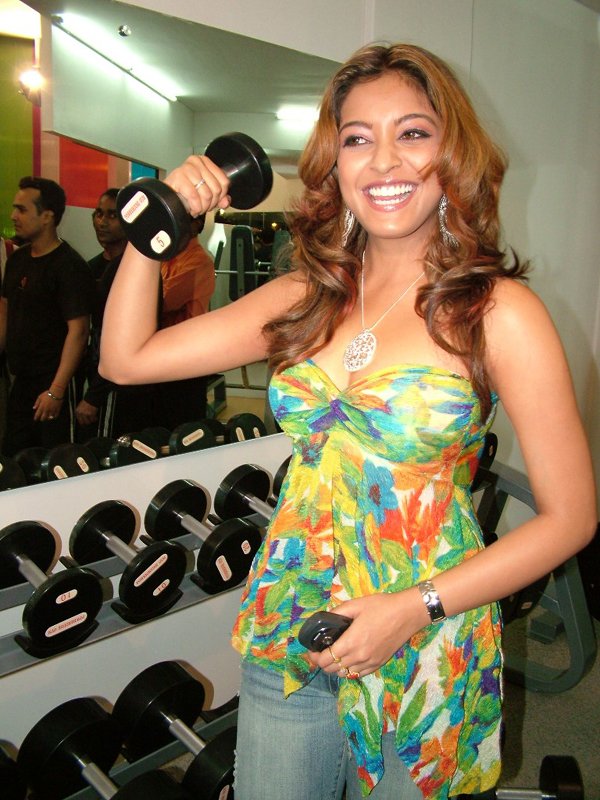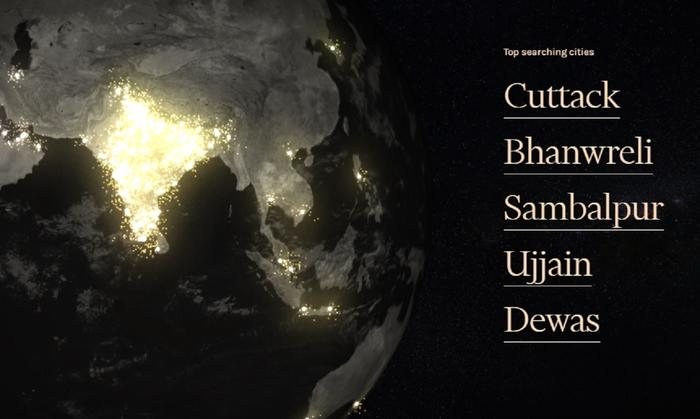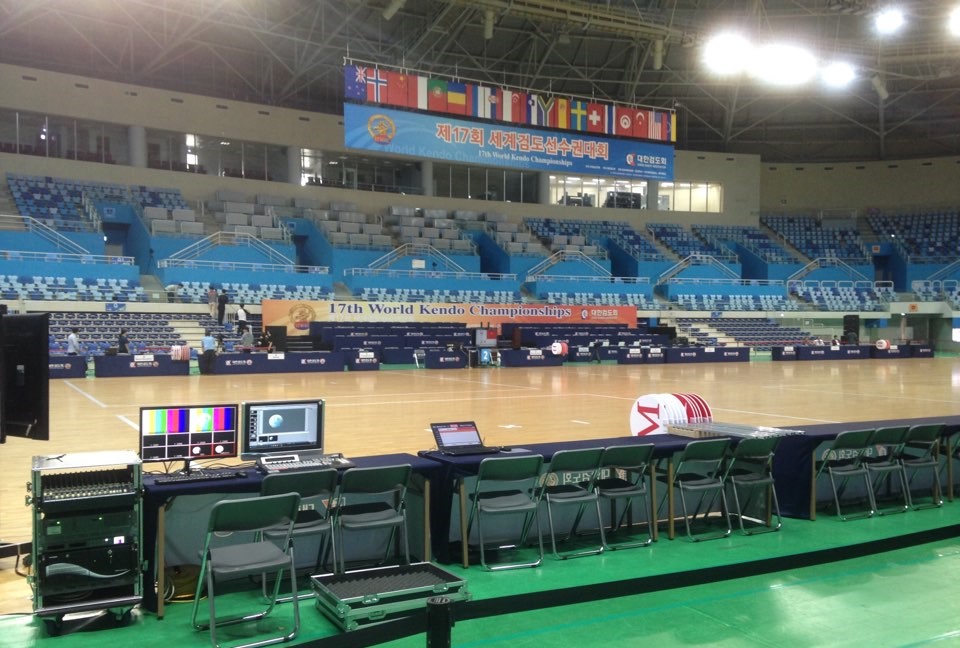In the wake of accusations against Harvey Weinstein in October 2017 that subsequently spurred on the #Metoo movement in the United States, many countries sought to start their own revolution against sexual violence.
Exactly one year later, in October 2018, India found itself at the center of the global #MeToo movement.
There are stark similarities in the incident that sparked the movements both in India and in the U.S. A well respected senior Bollywood actor once thought wholesome, Nana Patekar, was accused by actress Tanushree Dutta of sexual harassment and intimidation on the set of a movie.
The incident took place in 2008, and the aforementioned actress not only filed a police report but also accused the actor of sexual harassment in public interviews for several years after.
But Dutta’s accusations were never taken seriously, and her story barely surfaced in the mainstream media.
So why is it that in 2018, ten years after the alleged harassment, Dutta chose once again to speak about the incident in interviews? And why this time did her words spread like wildfire, becoming common knowledge in every household across the country?

Indian actress Tanushree Dutta, who helped ignite the #MeToo movement in India
The Impact of Social Media
Like in other countries’ #MeToo movements, social media has played an important part. Old video clips of Dutta being intimidated, with men attacking her car as she tries to leave the movie set where she was harassed, were uploaded to YouTube. India’s populace is now more tuned in to social media than they were in 2008 when the actress first made the accusations, as the clip went viral.
Not only was Tanushree Dutta’s accusation backed by eyewitnesses, but other actresses also began to come forward accusing Nana Patekar of similar crimes.
The stage was set, and led to more actresses coming forward with names no one could have expected. Actors often seen as respectable father or mentor figures in society were being accused of vile harassment crimes, and people finally began taking sexual harassment at the workplace seriously.

This photo is part of Google’s campaign to track #MeToo movements around the world. India has been lighting up its tracker
The Collapse of Authority
This trickled into television, news and media, education and startlingly into politics. From high profile newspaper editors and comedians, to senior educators in prominent universities, many were fired or stepped down willingly.
When MJ Akbar, India’s Minister of State for External Affairs, was accused of sexual harassment by several colleagues, his crimes were detailed intricately and posted online for all to see on October 16th of this year. Not only did he resign the very next day, in a country where the judicial system is notorious for dragging cases on for years, his court hearing was held the day after his resignation. The outcome is yet to be determined, as the case is progressing as more accusers come forward.
Now it seems every day a new list of names is being revealed, with the newest wave sweeping the corporate world. This past November 13th, CEO and co-founder of India’s biggest online store, Binny Bansal, resigned from his position due to sexual misconduct. Many companies have responded by not only changing their policies on misconduct at the workplace, but they have also begun providing much needed training to employees, empowering them with the knowledge of their rights.

The proliferation of social media has helped bring the #MeToo Movement international attention. Photo: flickr
Class and the Media
Contrary to popular belief, the phrase “Me Too” was first used by black American social activist Tarana Burke in 2006. However, the popularisation of the phrase by white American actress Alyssa Milano, who has garnered worldwide recognition for the phenomenon, exemplifies the classed nature of the movement.
The same social divide can be found in India.
The South Indian Malayalam film industry was first to join the movement, as several actresses came forward to speak out against abuse, forming the Women in Cinema Collective in 2017. The case failed to gain national news or social media attention, which may point to a biased narrative Indian media creates based on the victim’s position in society.
High Hopes and Low Expectations
Is the movement a much needed start? Yes.
But in a country as large as India, where a significant portion of the population doesn’t have internet access, the horrors of sexual violence remain unvoiced and unheard.
After the horrifying rape and murder of Jyoti Singh, a young medical student, by eight men in 2012 in the capital city of New Delhi, anger swept the country, and there were riots and protests in the streets. Laws were changed, and though slow and grueling, justice was delivered.
But for years after, incidents of sexual violence were common in media headlines, filling the population of women with momentary rage and permanent frustration.
This frustration is what’s keeping the current movement alive, but with false accusations and a gender divide diluting the movement’s sincerity, justice is a luxury, even for the privileged.
The movement has struck a chord in India, but real change is slow to come. While the movement is trickling down from the top, where it has made its mark on celebrities and politicians, it is yet to be seen when it will reach the ordinary Indian, if at all.







1 Comment
NOVAsia Editors' Take: K-pop scandal reveals troubling truth about sexism in Korea - Novasia
6 years ago[…] has published extensively about women’s issues before, in Korea and elsewhere. It is my hope that this student magazine can serve as a platform for students’ voices, and if it […]
Comments are closed.